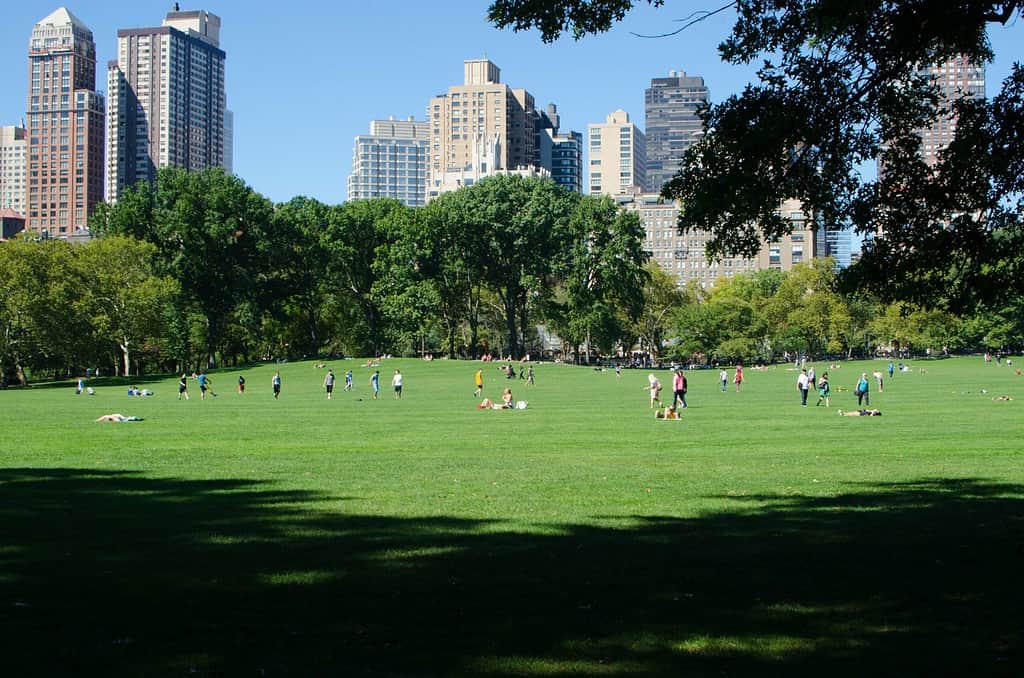Despite the common belief that spending time in nature can help decrease screen time, a study has found that being outdoors doesn’t necessarily lead to reduced smartphone use. The study monitored the smartphone habits of 700 people over two years and found smartphone activities increased when visiting city parks.

It’s the first study to show that young adults spend more time on their smartphone screens than in nature, the researchers said. However, they also found a way forward. The participants in the study who visited nature reserves or forests instead of urban areas saw a significant decline in screen time over the first three hours of the visit.
“Greentime, or time outdoors, has long been recommended as a way to restore our attention from the demands of daily life, yet before our study, little was known about whether nature provides a way for people to disconnect from the mobile devices that now follow us into the great outdoors,” lead author Kelton Minor said in a statement.
Spending time in nature
Spending time in a natural environment can be psychologically beneficial, reducing stress, negative emotions and reliance on drugs. As little as one hour in nature can make a big difference. Previous studies have also suggested that short trips to urban parks can provide a digital detox. However, that’s not necessarily the case, according to the new study.
The researchers found in their study that texting and phone calls actually go up when people are visiting an urban park. It’s only the longer visits to wilder areas, such as forests, that get people off their screens and allow them to truly disconnect. While in other studies participants self-reported their smartphone use, in this one they shared their entire phone data.
“Smartphones have an incredibly powerful pull on our attention, which will undoubtedly increase in the future—that’s what many technology companies are working on,” co-author Chris Danforth said in a statement. “We need more studies like this to help establish ways to encourage a healthier relationship with technology.”
In their findings, the researchers hypothesize that urban greenspaces could potentially improve remote social connections, as evidenced by the increase in texts and phone calls made in urban parks during the study. However, they also suggest that such spaces may disrupt an individual’s ability to benefit from nature’s attention-restoring qualities.
The global upsurge in smartphone usage has been associated with a rise in anxiety, depression, and sleep issues, particularly among younger generations. Nature can help to address this, the researchers said, as visual and sensory experiences in parks and forests can enhance our capacity to better focus on aspects of life beyond the realm of smartphones.
The study was published in the journal SAGE.






